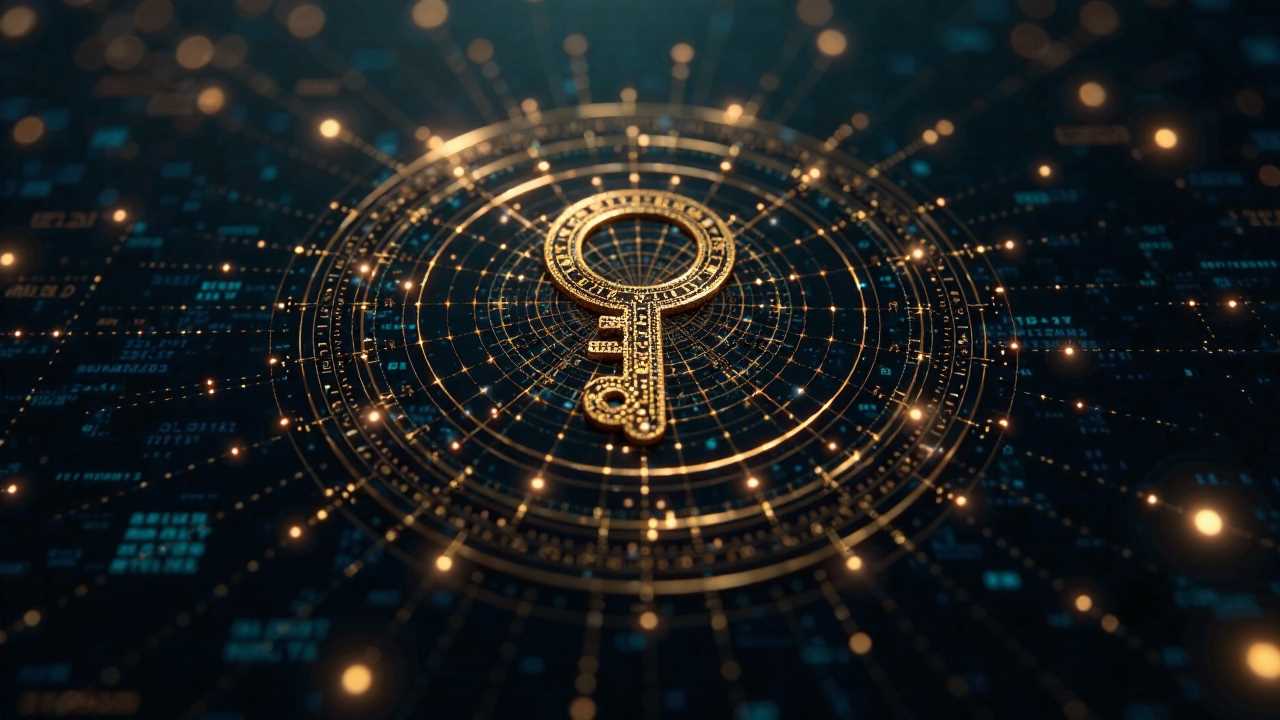
Understanding Quantum Cryptography
Quantum cryptography represents a groundbreaking advancement in the field of information security. By utilizing the principles of quantum mechanics, this technology aims to create secure communication channels that are virtually impervious to eavesdropping. Unlike traditional cryptographic methods, which rely on complex mathematical algorithms, quantum cryptography leverages the unique properties of quantum particles to ensure the confidentiality and integrity of transmitted data.
At the heart of quantum cryptography lies quantum key distribution (QKD). This process allows two parties to generate a shared, secret random key that can be used for encrypting and decrypting messages. The security of this key distribution method is rooted in the fundamental principles of quantum mechanics, particularly the phenomena of quantum entanglement and the no-cloning theorem, which states that it is impossible to create an identical copy of an unknown quantum state.
The Mechanics of Quantum Key Distribution
Quantum key distribution operates on the premise that any attempt to intercept the key will disturb the quantum states being transmitted. This disturbance can be detected by the communicating parties, thereby alerting them to the presence of an eavesdropper. The most widely recognized QKD protocol is the BB84 protocol, developed by Charles Bennett and Gilles Brassard in 1984. This protocol utilizes polarized photons to transmit key information securely.
In the BB84 protocol, the sender (Alice) encodes the key bits in the polarization states of photons and sends them to the receiver (Bob). Bob measures the polarization of the incoming photons using a randomly chosen basis. After the transmission, Alice and Bob compare their measurement bases over a public channel to determine which bits were successfully transmitted without interception. Any discrepancies indicate potential eavesdropping, allowing them to discard compromised bits and retain only the secure key.
Quantum Entanglement: The Backbone of Quantum Security
Quantum entanglement plays a pivotal role in enhancing the security of quantum cryptographic systems. When two particles become entangled, the state of one particle is directly related to the state of the other, regardless of the distance separating them. This property can be exploited in quantum communication to ensure that any attempt to measure or observe one particle will instantaneously affect its entangled partner.
In practical terms, this means that if an eavesdropper attempts to intercept the quantum key being transmitted, the entangled state will collapse, revealing the presence of the intruder. This inherent security feature of quantum entanglement provides a level of assurance that traditional cryptographic methods cannot match.
Implementing Cryptographic Protocols in Quantum Networks
The integration of quantum cryptography into quantum networks is a significant step toward achieving secure communication on a larger scale. These networks utilize quantum bits (qubits) to transmit information, allowing for the development of advanced cryptographic protocols that can operate over long distances.
One promising approach is the use of quantum repeaters, which are devices that can extend the range of quantum communication by overcoming the limitations imposed by distance and signal degradation. Quantum repeaters work by entangling pairs of qubits over short distances and then using those entangled pairs to create longer-distance entanglement. This process enables the establishment of secure communication links that can span vast geographical areas.
As quantum networks continue to evolve, they will facilitate the implementation of more sophisticated cryptographic protocols that can adapt to emerging security threats. These protocols will be designed to ensure the confidentiality, integrity, and authenticity of transmitted information, making them invaluable in sectors such as finance, healthcare, and government.
The Future of Secure Communication
The potential applications of quantum cryptography are vast and varied. As organizations increasingly recognize the importance of information security, the demand for secure communication solutions will continue to grow. Quantum cryptography offers a robust alternative to traditional methods, providing a level of security that is not only theoretically sound but also practically achievable.
In the coming years, we can expect to see the widespread adoption of quantum key distribution systems in various industries. Financial institutions, for example, will benefit from the enhanced security provided by quantum cryptography, safeguarding sensitive transactions and customer data from cyber threats. Similarly, government agencies will leverage this technology to protect classified information and maintain national security.
Moreover, as quantum technology advances, we will likely witness the development of hybrid systems that combine classical and quantum cryptographic methods. These systems will offer a more flexible approach to secure communication, allowing organizations to tailor their security measures to specific needs and threats.
Challenges and Considerations
While the prospects for quantum cryptography are promising, several challenges must be addressed to facilitate its widespread adoption. One of the primary concerns is the need for specialized hardware and infrastructure to support quantum communication. The development of cost-effective, scalable solutions will be essential for making quantum cryptography accessible to a broader audience.
Additionally, the integration of quantum cryptography into existing communication networks will require careful planning and coordination. Organizations must consider the compatibility of quantum systems with their current technologies and ensure that they can seamlessly transition to new protocols without disrupting operations.
Finally, as with any emerging technology, the potential for misuse exists. As quantum cryptography becomes more prevalent, it is crucial to establish regulatory frameworks and ethical guidelines to govern its use. Ensuring that this powerful technology is employed responsibly will be vital for maintaining trust in secure communication systems.
Quantum cryptography stands at the forefront of the future of secure communication. By harnessing the principles of quantum mechanics, we can create robust systems that protect sensitive information from unauthorized access. As quantum key distribution, quantum entanglement, and advanced cryptographic protocols continue to develop, the landscape of information security will transform, offering unprecedented levels of protection for individuals and organizations alike. The journey toward a secure quantum future is just beginning, and the possibilities are boundless.
 Business & FinanceHealth & MedicineTechnologyLifestyle & CultureScience & EnvironmentWorld NewsPrivacy PolicyTerms And Conditions
Business & FinanceHealth & MedicineTechnologyLifestyle & CultureScience & EnvironmentWorld NewsPrivacy PolicyTerms And Conditions
